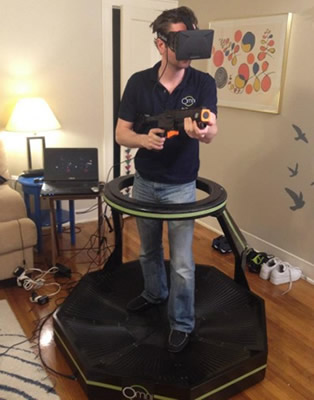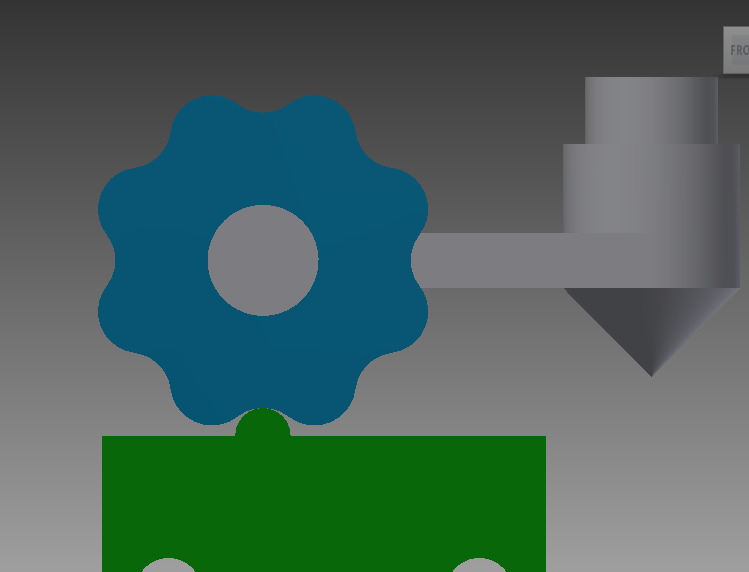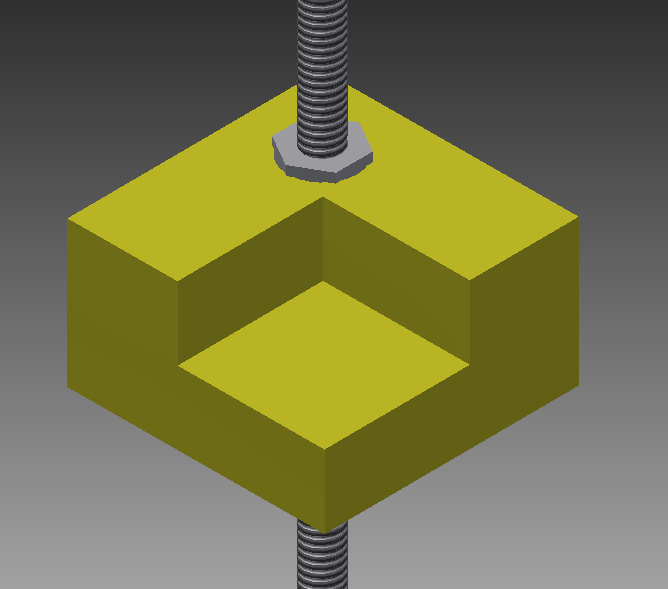I, my good ladies and gentlemen of the audience, worked out why everyone is so obsessed with sports.
It came to me after a visit with my grandparents, driving back to Aunt Michelle's in Maryland. I was thinking about robotics, my grandparents, my soon-to-be extended family of the Lawver clan, and sports. How is it that Poppa still watches football, so far in his years, I asked. If he tried to watch even a minute of robotics competition, he'd be lost and confused, probably angry, then turn off the TV to go do laundry or something a little more calming. Why is it that people who haven't played sports since their childhood can still find refuge in a booming modern industry? Why do people get tired of some things and not others? How is it that Dad can still learn new woodworking techniques but can't stay awake through a single movie?
I felt as though my skull caught the idea like a screwball struck into center field.
You see, humans are innately passionate beings. Everyone who had a half-decent development has their niche: be it art, engineering, performance, comedy, teaching, hunting, or even sport. But I have spoken to engineers too old to live on their own, and while somewhat more competent than most in fields like computers and circuitry, it is obvious that their heyday is far behind. I would never have guessed that one man with jowls that could frighten a bulldog built his own television from scratch and understood every part. Most modern engineers don't even come close to that.*
"You kids and your cellular telephones and E-lectronic mail."
But consider it from the beginning: as a human child, one is full of energy, though their brain may be all but empty. If one should see the beauty of the insect, in it's habits and career, while still a child then almost invariably insects become of great interest. A child will, once informed that it is there, seek out knowledge on insects in books, documentaries, and study. This same phenomenon will occur multiple times over one's lifetime: discovery of a new and interesting thing, curiosity, questioning, and study. Over time, the once energetic and empty minded child changes into something quite different, though nothing quite as beautiful as the butterfly he or she once chased. No, this creature is grotesque--it seeks not knowledge but food, feels not curiosity but fatigue, asks not why, but "why should I?" This creature has no more room to invest itself, perhaps even having shed it's preadolescent passions. So, upon discovering a new and beautiful and complex thing, it does not look twice. Rather, it turns to something that it has always had: gossip, hunting, war, sport. These things it knows, there is no effort in learning them anew, only the slow, dreary trudge through the well-worn paths of it's own mind. This is why people so universally love sports over other, more intellectual pursuits. The very same thing that drives modern industry and invention is, sadly, just as despicable and unavoidable in human nature: sloth. One need only have learned about sports once, and then find themselves able to enjoy every game since. With these games come endless, repetitive, familiar drama: new players, new expectations, new bets; Old scandals, old rules, old crimes. Nothing like the engineer who once built his own television. No, in the name of comfort and ease, perpetuity of gratification, people seek out and settle down in the mediocre and the unchallenging. This behavior too, can only be thought to connect with the fact that some minds deteriorate with age and some do not; while some are watching the thousandth identical baseball game, some are still discovering their insects.







